While everyone else in China was escaping the cold Shanghai winter for somewhere warm, Karl and I headed even farther north and spend our much-needed break in the country’s famed capital city, Beijing.
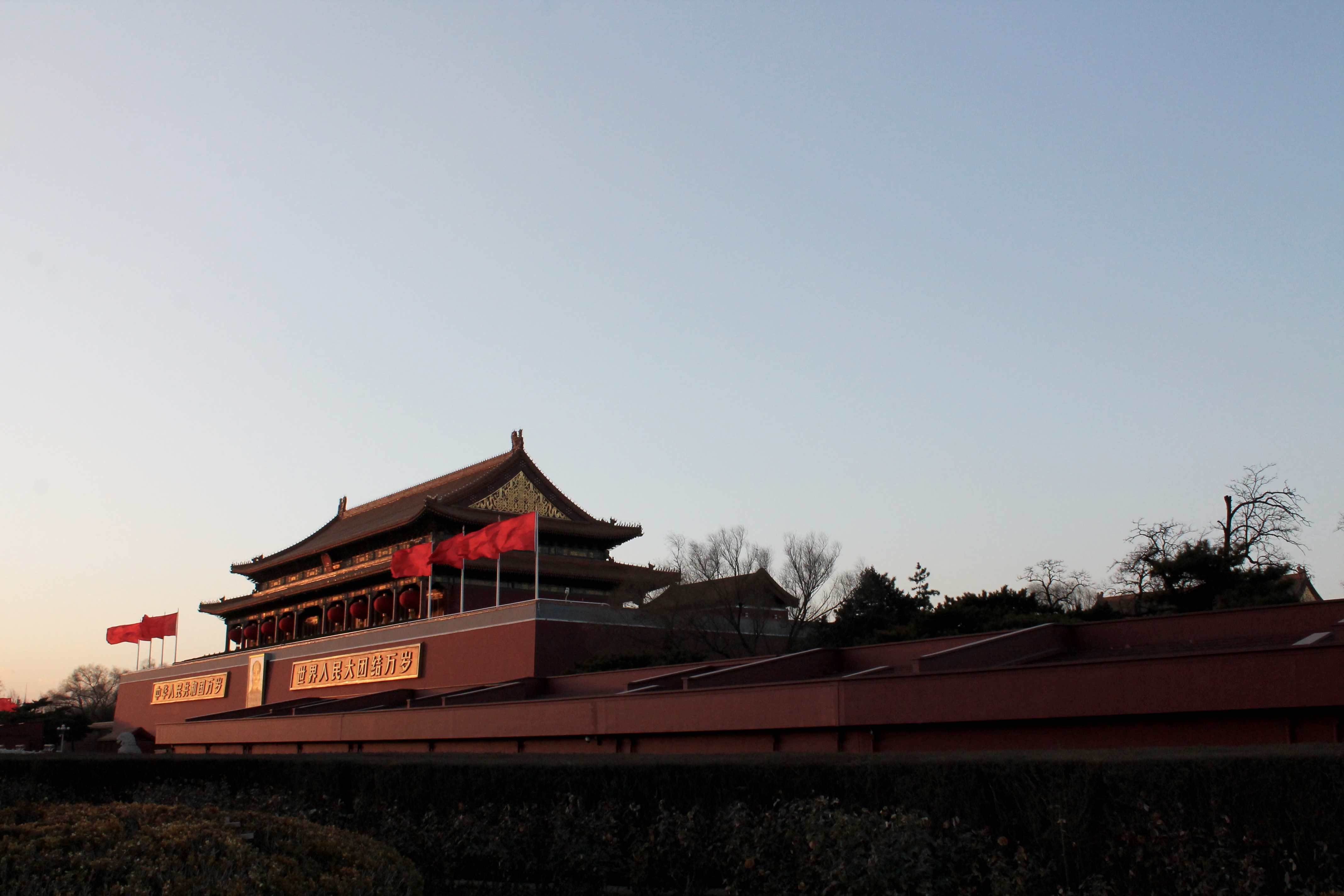
Since I left my Minnesota-grade winter coat at home, I did need to pick up a new one before the trip so that I didn’t freeze to death — and even that wasn’t enough. Beijing was cold.
But with despite the weather, just before Chinese New Year is likely one of the best times to visit Beijing. Even in the biting January air, the notorious pollution was at a minimum and we had clear skies all week.
Everyone had left the city to return to their hometowns for the festivities, so with the factories and industry halted to a standstill and the lack of cars taking up the streets, it was like we had Beijing to ourselves and the city was allowed to take a deep breath of fresh air.
Day One: Tiananmen Square

Tiananmen Square, the largest city square in the world, was desolate in the best way. While there were still plenty of tourists, it was nothing compared to the mass hoards of people we encountered several days after the New Year, which we experienced later on the trip.
We waited in line for a spell, and luckily we still had our passports on us from the flight, because security guards at the entrance to the square check all foreigners passports. Oh well, welcome to Beijing.
We saw a cadre of Chinese soldiers marching through the square just before the changing of the guard, and I can’t say I wasn’t intimidated by the extremely next-level amount of security cameras that were also placed to keep a watchful eye on the square patrons.
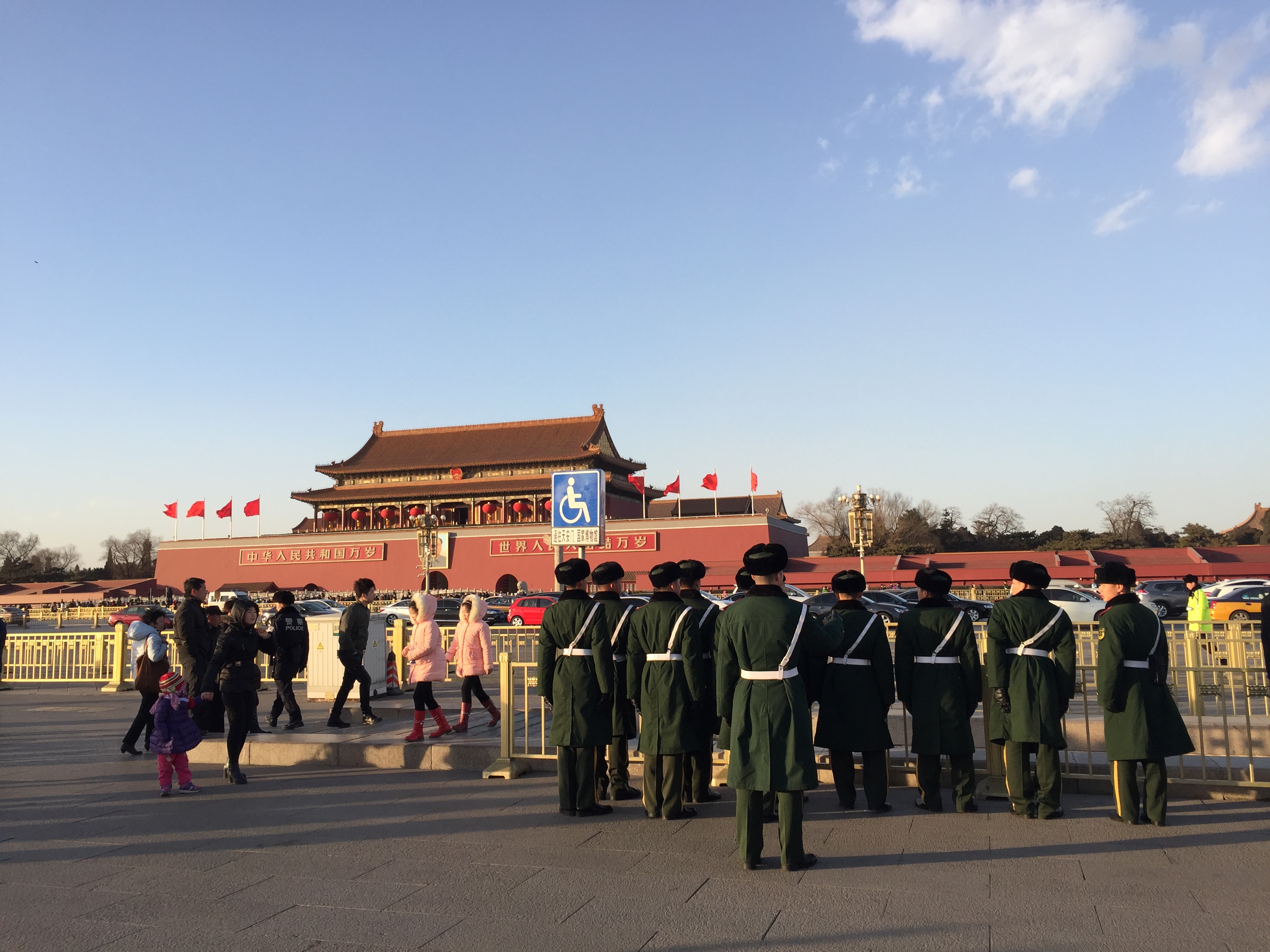
The other best part about Chinese New Year in Beijing? The Lanterns.
The whole city is draped in Spring Festival decorations, and no building facade is complete without a few of the iconic red lanterns. They represent harmony, and are hung to bring in the new year in hopes of good fortune, wealth, happiness, and prosperity.
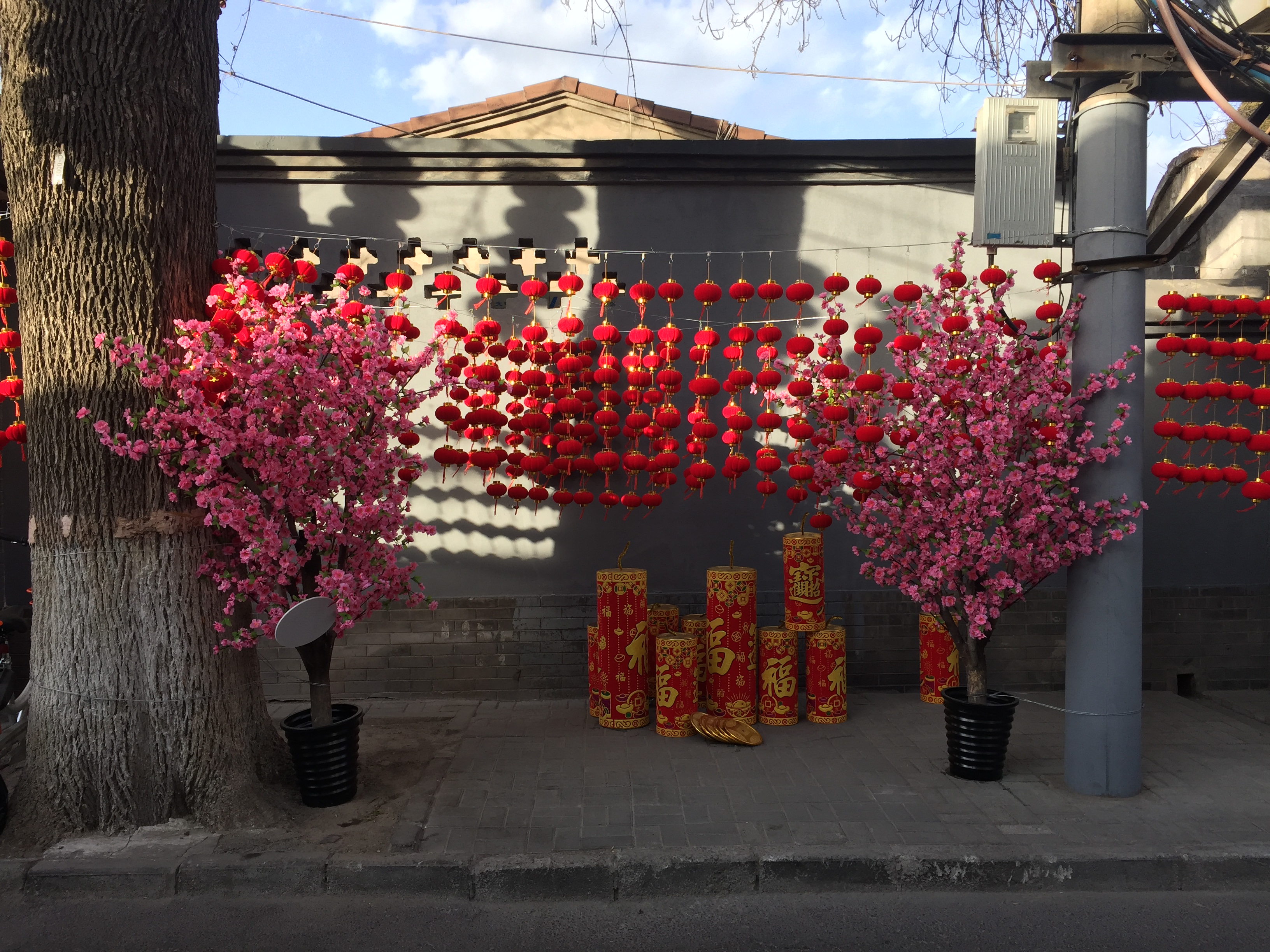
Day Two: The Summer Palace and Yuanmingyuan Ruins
My favorite activity in Beijing was the Summer Palace. While I can imagine it is likely an overcrowded nightmare, we had what felt like the whole park to ourselves and a beautiful sunny day with which to explore.
The Summer Palace, a UNESCO World Heritage Site, dates back to 1153 and has housed countless Chinese rulers throughout the centuries. It is extremely well-preserved, and despite its seasonal title, I think it may be the most beautiful spot in Beijing year-round. In the winter, the lakes in its wake freeze up and provide the perfect spot for ice-skating, too!
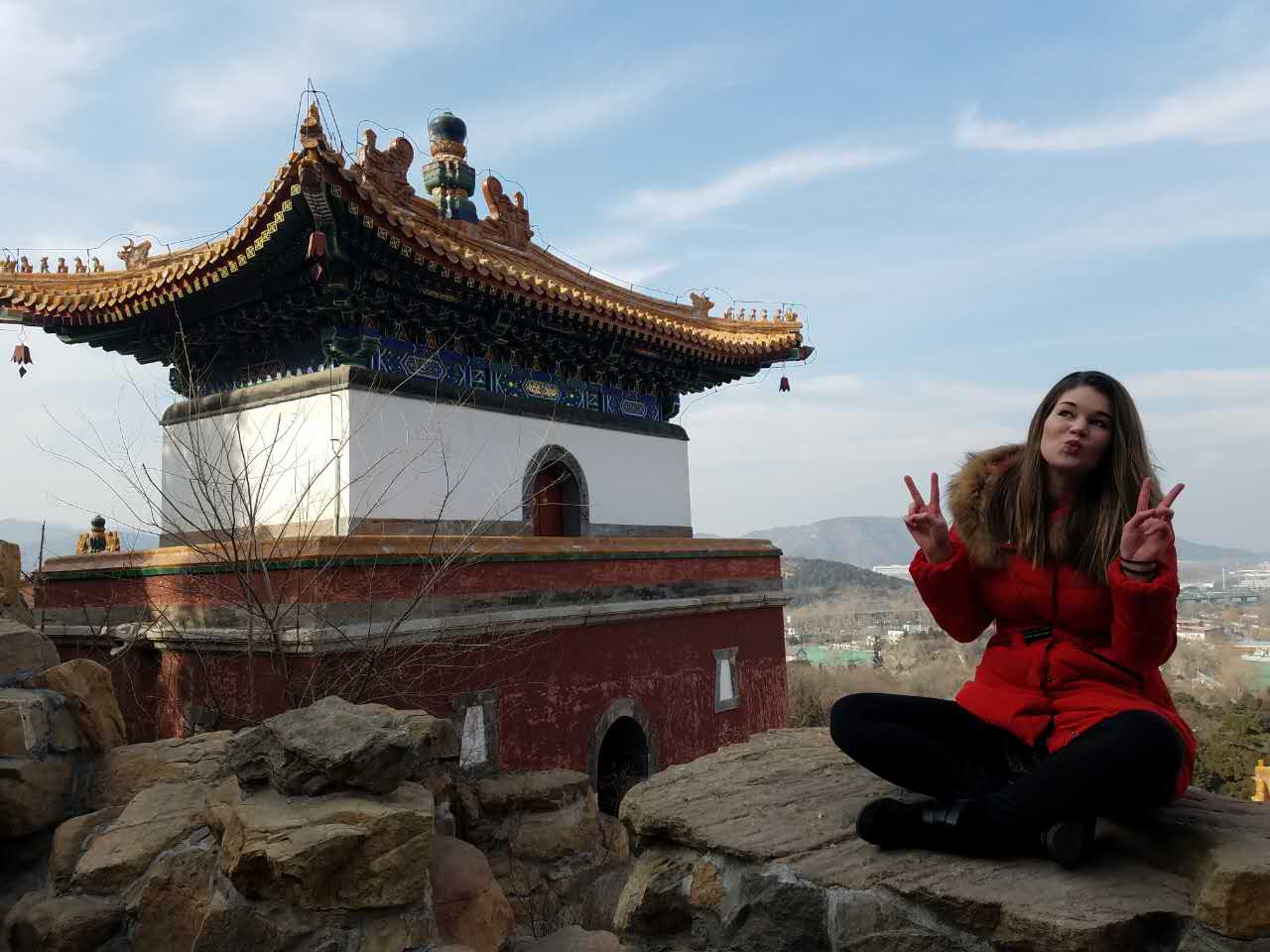

After a chilly day exploring the entirety of the park, we hopped over to the Yuanmingyuan Ruins, also knows as the Old Summer Palace. This area was quite a contrast to the grandeur of the Summer Palace we had just experienced, but I’m sure it was pretty cool in its heyday.
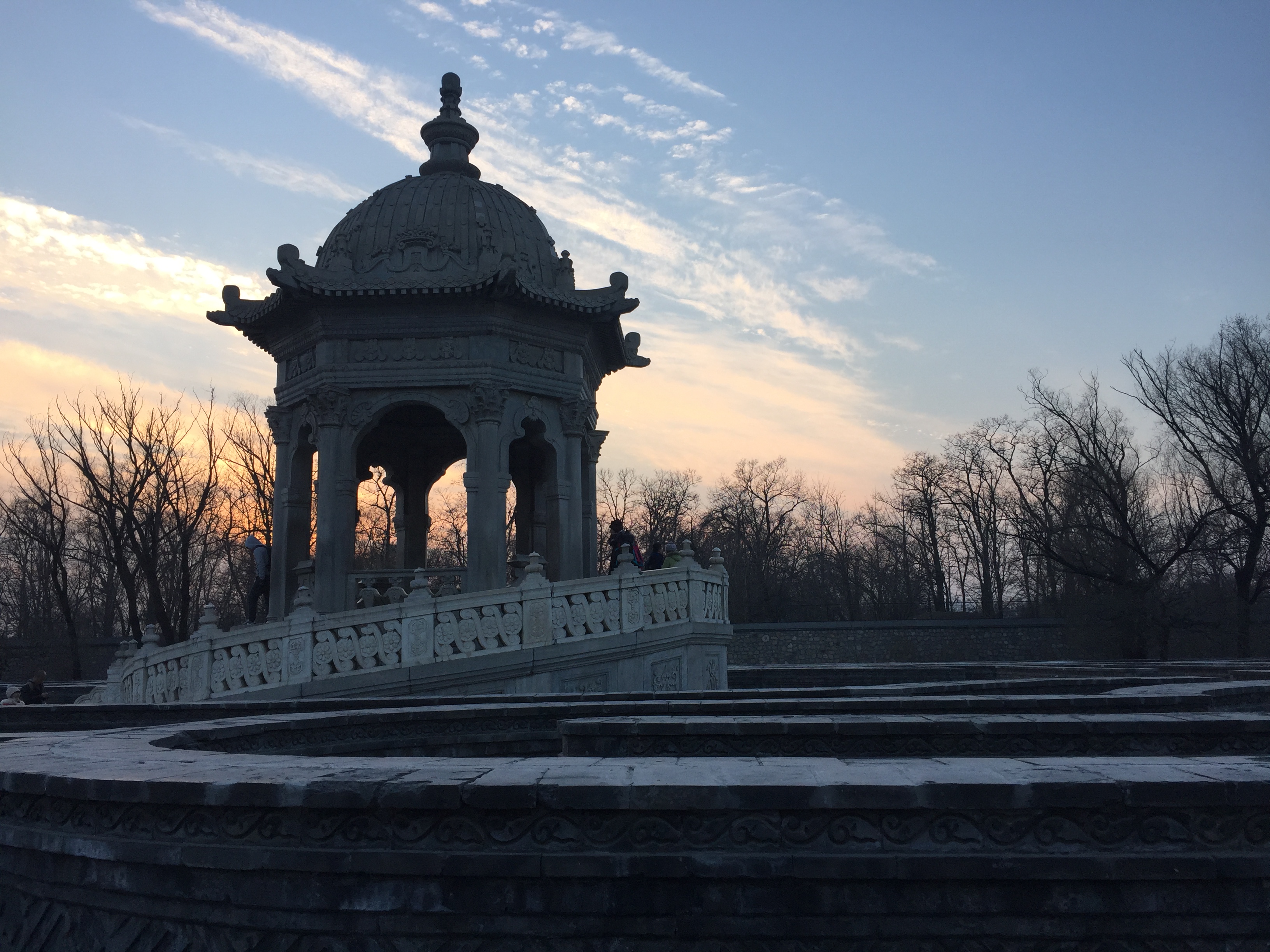
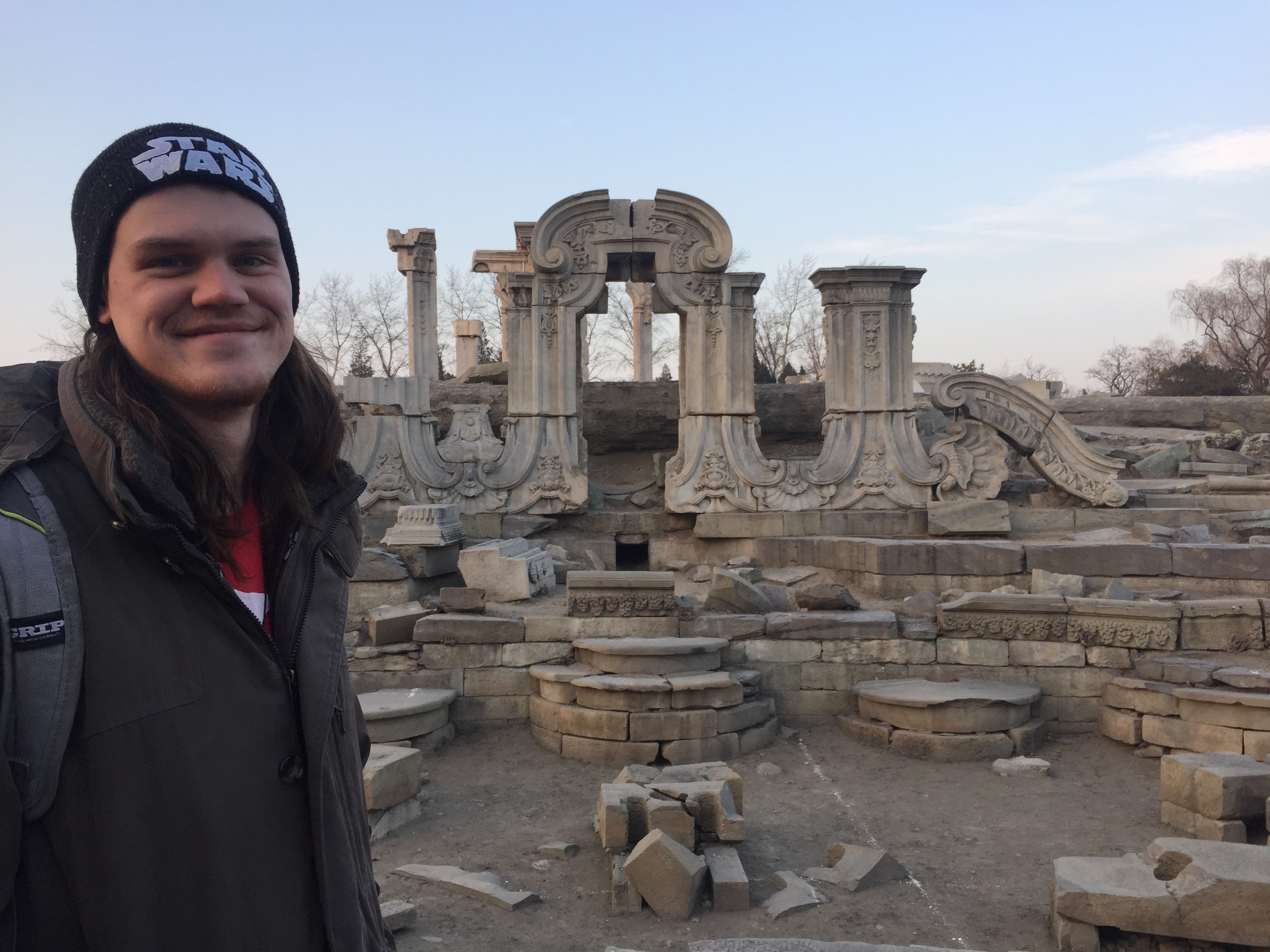
Our second day was actually the Chinese New Year’s eve, and I almost forgot that we were in the OG land of fireworks!
They had been going off periodically throughout the day, but at around 10 p.m., the skies began to light up in all directions and they didn’t cease until well after the midnight mark had passed.
It was truly an incredible experience, and in a way I felt like Karl and I had come full-circle. After all, we funded our initial trip and TEFL certification in China by selling fireworks out of a tent through the company I used to work for in high school–now here we were, with a 360 degree view of our products in their homeland exploding around us.
(And wow, China. So many of the things we saw go off would be TOTALLY illegal in the US. Props to you guys. I had some great video footage but had to delete it all to make space for more photos)
Day Three: The Great Wall

The day after all the fireworks commotion, we awoke to see that Beijing’s clear skies were no longer. Filled with ash and day-after fireworks residue, the streets of Beijing were dusty and dead.
We loaded ourselves into a tour bus with other guests at our hostel and braved the cold once again to spend the day at The Great Wall of China, my second wonder of the world! We visited the Mutianyu section, which was definitely the right way to go.
And seriously, everyone. If ever there is a great day to visit the great wall of China, it is Chinese New Year Day. We had the whole place to ourselves, and we could still hear fireworks blasting off in the distance. It felt like we were caught in the crossfire between the ancient Chinese and the Mongols! 😉


We followed the wall up to the last watchtower, where Karl bought a beer and we enjoyed the dusty yet lovely view. I had hoped for some snow, but the solitude made it all okay.
Our tour guide let us know that the 20th watchtower is the final one, and that it is *wink wink* “not allowed” to go up any further, but that it has *wink wink* “the best views.” So we hopped the barrier and climbed not only to the next one, but all the way to the 24th watch tower.

The trail was overgrown and the watchtowers disintegrating, but it was extremely cool to see what an unpreserved piece of the great wall really looks like.
Day Four: The Temple of Heaven
Have I mentioned that Beijing is cold? Maybe? Well, Beijing can be really cold.
Out trip to the Temple of Heaven was cut quite short because I couldn’t feel my fingers, quite literally.
It was really pretty, but this was one of those travel days where the windchill tints your perception and the cold pushes you back into bed. If I remember correctly, we went back to the hostel and spent the rest of the day napping.

No shame, though. Everyone has those days.
Day Five: The Lama Temple and the Hutongs
Starting out as a significantly less-cold day than the day before, I was pretty excited. Until I remembered that now that Chinese New Years Day and come and gone, it was now time for tourists from around China to swarm into the city.
Let’s just say it got pretty crowded.
We visited the Lama Temple, the hutongs of the Gulou area, and even paid another visit to Tiananmen Square. If I remember correctly, this is also the day we went to the Panjiayuan Antique Market, where we bought some really cool lion statues and watch a Chinese dragon dance.

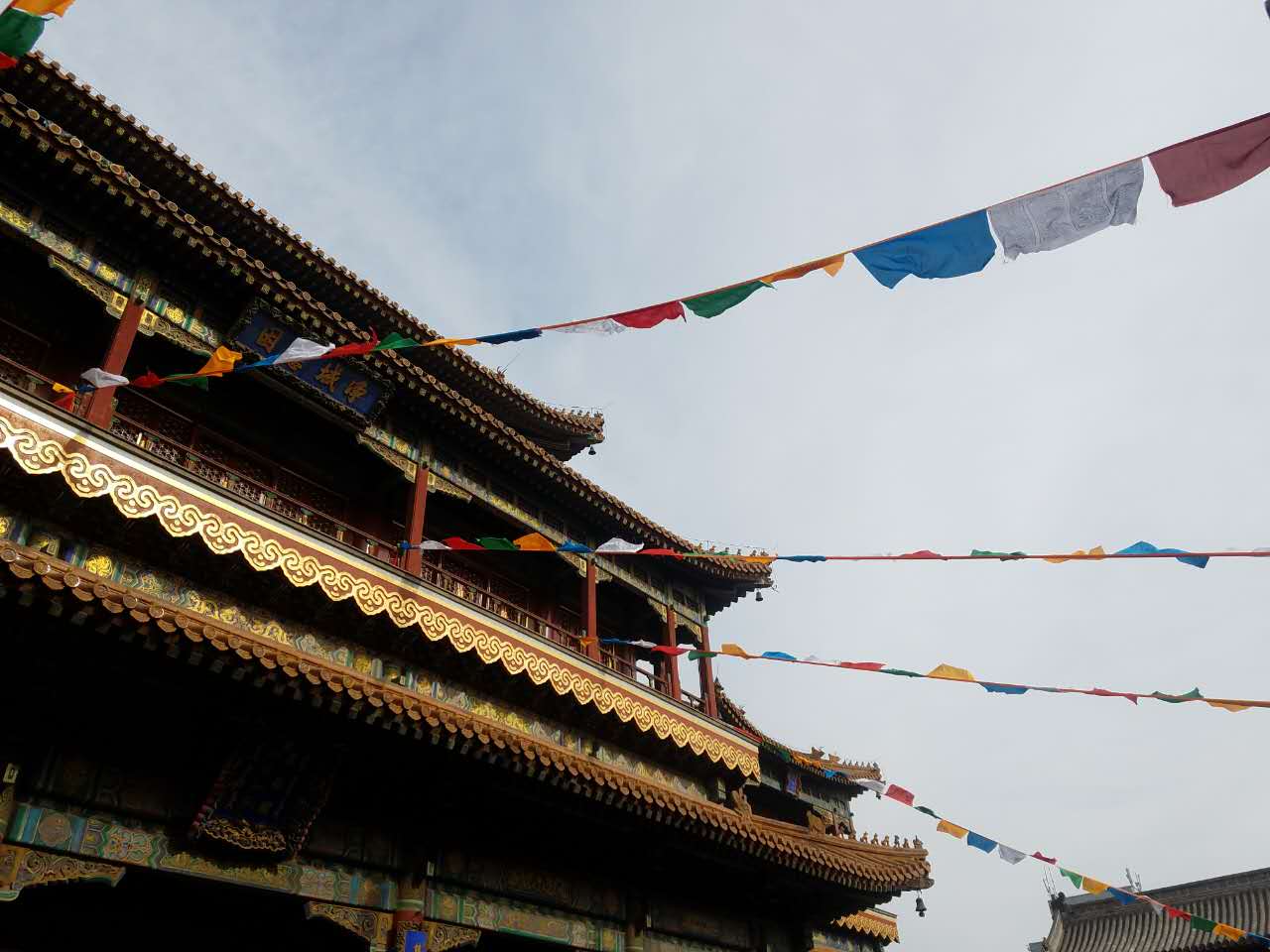

Day 6: The 798 Art District
Okay, this area was super cool. It was pretty out of the way, and we had to take both the subway and a pedicab to get there, but it was absolutely worth it and this will be my first stop if I ever return to Beijing.
This neighborhood feature block after block of art galleries, street art, and adorable shops. I could have spent several days here alone.
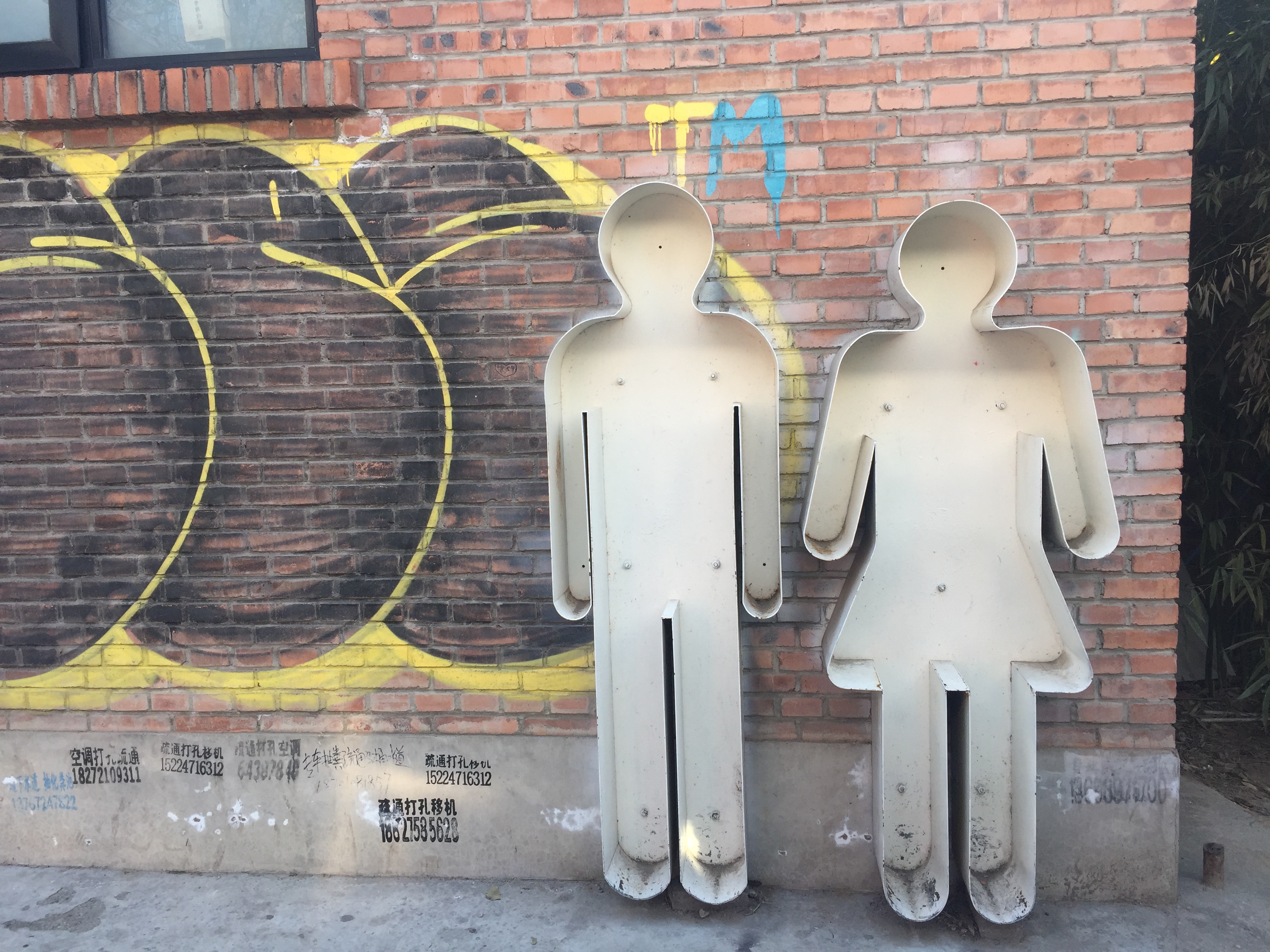
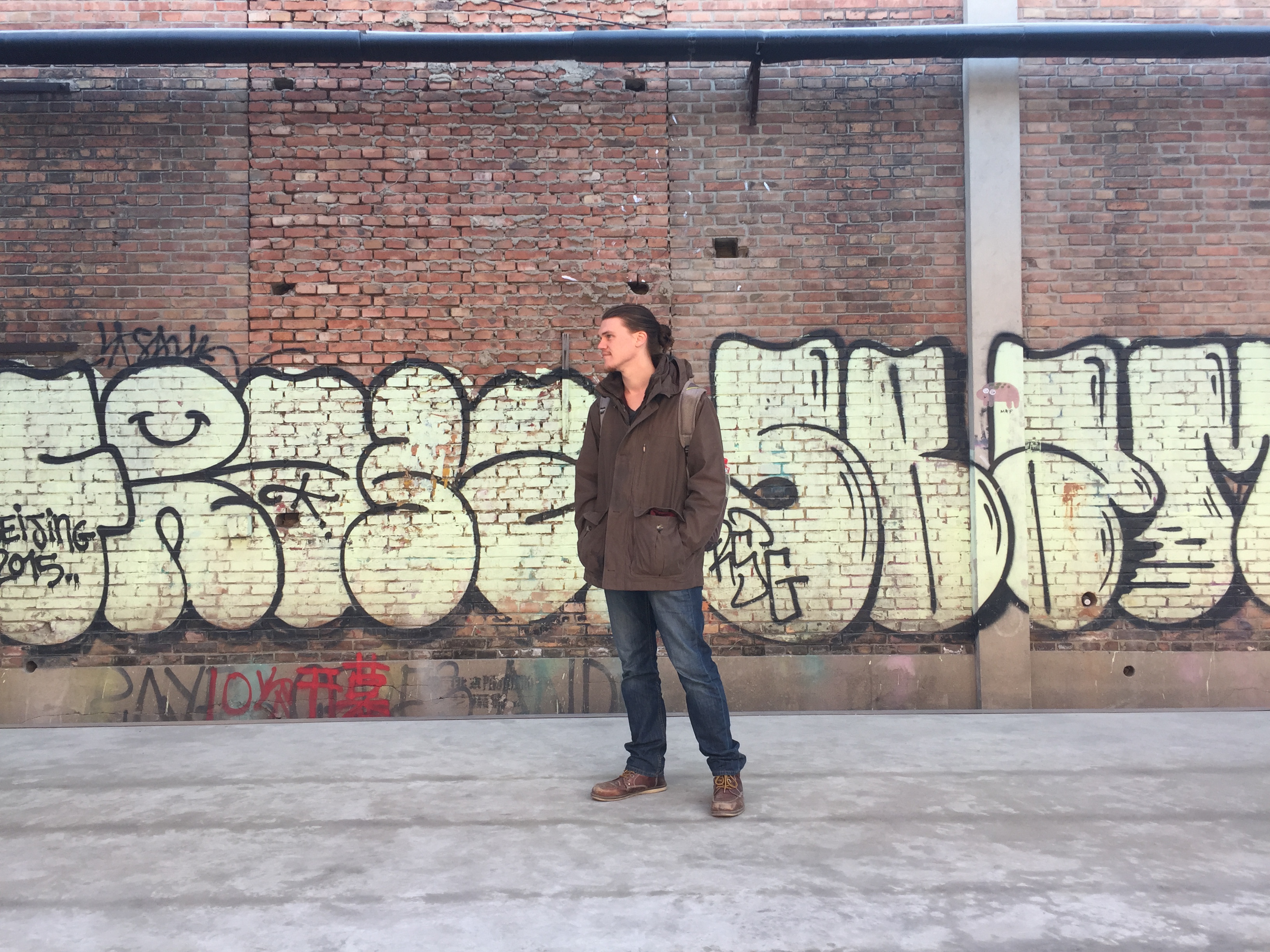
Beijing Practicalities
Accommodation: We stayed at Saga Youth Hostel, which was quite nice, heated, and centrally located, but the restaurant was on the expensive side. However, I would definitely stay here again.
Transportation: Get a subway card! We live in Shanghai, so it was very easy for us to navigate because the setup was essentially the same. It is the most affordable way to travel around Beijing, and it connects this sprawling city very well.
Food: Because we visited during a time that many shops are closed and people are going back to their hometowns for the holidays, many restaurants were closed and sometimes our only options were Western food. However, we were blessed with Peking Duck not once but twice, and this is definitely the dish to try if you come to Beijing.
Everything else: If you come during Chinese New Year when all the industry shuts down and the city is asleep, the pollution levels are extremely low and the air is nice and fresh. But if you are coming any other time of year, prepare to use a pollution mask if needed.
